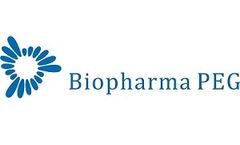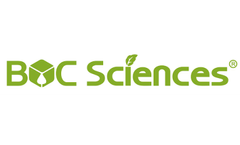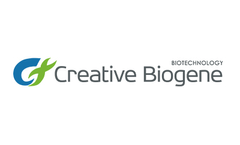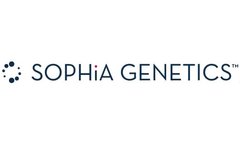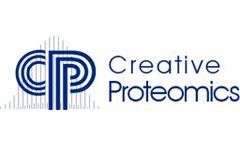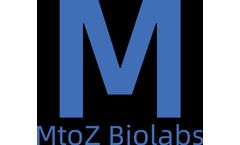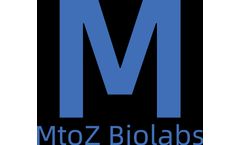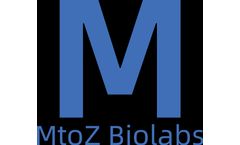Pharmacokinetic Modeling Physiology Based Pharmacokinetic Articles & Analysis
76 articles found
In preclinical respiratory studies, traditional methods like plethysmography often require animal restraint and extensive acclimation, limiting their ability to capture dynamic respiratory changes. To overcome these challenges, IPS Therapeutique Inc. validated a novel telemetry-based technique for continuous monitoring of intrapleural pressure and respiratory patterns in conscious, freely ...
Antibody-drug conjugates (ADCs) combine potent small-molecule drugs with monoclonal antibodies for targeted cancer therapy. A major challenge is loading enough drug onto each antibody without compromising solubility or circulation time. Introducing polyethylene glycol (PEG) linkers between the antibody and drug payload can address this. PEG is hydrophilic, biologically inert, and FDA‐recognized ...
Introduction PEGylation, the process of attaching polyethylene glycol (PEG) chains to therapeutic molecules, has become a cornerstone in pharmaceutical development. This technique improves the pharmacokinetic and pharmacodynamic properties of drugs, enhancing their stability, solubility, and circulation time while reducing immunogenicity. Since its first FDA-approved application in 1990 with ...
In the realm of pharmacology and drug development, the assessment of drug permeability is essential. One of the most widely recognized in vitro models for evaluating the intestinal absorption of compounds is the Caco-2 permeability assay. This assay plays a pivotal role in understanding how drugs are absorbed in the gastrointestinal tract and aids in predicting their bioavailability. Background ...
Understanding the metabolic stability of potential drug candidates is paramount in the realm of pharmaceutical development. S9 metabolic stability assays provide critical insights into how a compound behaves within biological systems, especially concerning its metabolism, stability, and overall pharmacokinetics. At the core of S9 metabolic stability is the S9 fraction, which is a liver extract ...
Introduction Cytochrome P450 (CYP) refers to a family of enzymes that play a fundamental role in the metabolism of various substances within the body, particularly drugs, toxins, and endogenous compounds. These enzymes are crucial for the detoxification processes in the liver and affect the pharmacokinetics of numerous medications. Understanding the function and importance of cytochrome P450 is ...
In the realm of drug discovery, the search for innovative therapies often leads to new paradigms. One such paradigm that has gained significant traction in recent years is the development of PROTAC (Proteolysis Targeting Chimeras) technology. This groundbreaking approach unlocks new potential in targeting previously “undruggable” proteins, paving the way for transformative therapies ...
The quest for effective therapeutics begins long before a drug reaches clinical trials. One of the cornerstones of this process is drug screening in animal models, which plays a pivotal role in evaluating the safety and efficacy of potential treatments. Animal models offer researchers valuable insights that cannot be obtained through in vitro studies alone, bridging the gap between laboratory ...
Compounds of phosphorus play a pivotal role in various fields, notably pharmaceuticals and industrial chemistry. Their unique chemical properties, such as reactivity and ability to form diverse structures, make them invaluable in drug synthesis and other industrial applications. This article delves into the chemical characteristics of phosphorus compounds, their applications in drug development, ...
In the realm of pharmaceutical research and development, ADME testing services play a pivotal role in evaluating the pharmacokinetics of drug candidates. ADME stands for Absorption, Distribution, Metabolism, and Excretion, which are critical processes that determine the fate of a drug within the body. Effectively assessing these parameters is essential for ensuring the safety, efficacy, and ...
Pharmacokinetics (PK) and pharmacodynamics (PD) are two fundamental pillars in the field of pharmacology and drug development. Understanding their intricate interplay is essential for determining the efficacy and safety of therapeutic compounds. When studied in living organisms, this relationship is referred to as in vivo PK/PD, a discipline that provides invaluable insights into drug behavior ...
Liposomes, spherical vesicles composed of one or more phospholipid bilayers, have garnered significant attention in the field of drug delivery due to their unique properties. These nanocarriers offer a promising approach to overcome challenges associated with traditional drug administration, enhancing therapeutic efficacy while minimizing side effects. This article will delve into the role of ...
Clinical trials are the backbone of modern medicine, responsible for bringing innovative, safe, and efficient treatments to market after rigorous testing and evaluation. However, the conventional process of conducting these trials has often been long, expensive, and fraught with inefficiencies¹. The advent of predictive analytics is reshaping the landscape of clinical trials, ushering in a ...
Peptidomimetics are structural analogs of peptides or proteins that mimic their biological activities. They are designed to overcome limitations associated with peptides, such as poor stability and bioavailability by preserving or enhancing their functions. Peptidomimetic development involves the design and synthesis of molecules that mimic three-dimensional structures and functional groups of ...
The scientific realm behind the development and evaluation of therapeutic drugs, pesticides, industrial and environmental chemicals profoundly relies on a field of research called Pharmacokinetic/Toxicokinetic (PK/TK) studies. These investigations provide substantial information on how an organism affects a substance, delineating vital zones of absorption, distribution, metabolism, and excretion. ...
Therapeutic monoclonal antibodies (mAbs) are a class of antibody drugs that are highly uniform and have pharmacological effects against a single epitope obtained through molecular biology. In the process of new drug development, the study of pharmacokinetics is of great significance. The result can be used to guide the screening and development of drugs, and support the evaluation of their ...
Glycosylation impurities are a type of chemical commonly encountered in biochemical, medical, and pharmaceutical chemistry research. The presence of these impurities can affect the efficacy, safety, and stability of drugs. Therefore, the detection and analysis of glycosylation impurities are crucial in ensuring the quality and therapeutic effectiveness of pharmaceutical products.What are ...
Antibody-drug conjugates (ADCs) are a new class of drugs that combine the advantages of both antibodies and small molecule toxins. Compared with traditional cytotoxins, ADCs have the advantages of strong targeting, less toxic side effects, etc. They can accurately target tumor cells, reduce side effects, and improve the therapeutic effect.ADC drugs are mainly composed of monoclonal antibodies, ...
Polyethylene glycol (PEG) derivatives have become pivotal in the pharmaceutical industry, revolutionizing drug delivery systems and enhancing the efficacy of various therapeutic agents. The unique properties of PEG derivatives, including their biocompatibility and ability to modify the solubility, stability, and bioavailability of drugs, make them indispensable in modern pharmacology. This ...
Antibody drug glycosylation analysis is a critical bio-pharmaceutical analysis method, specifically used to evaluate and monitor the glycan structures on antibody drugs. Glycosylation analysis is crucial for ensuring the safety, efficacy, and consistency of drugs, as the structure and composition of glycans directly influence the bioactivity and pharmacokinetic properties of antibody ...


